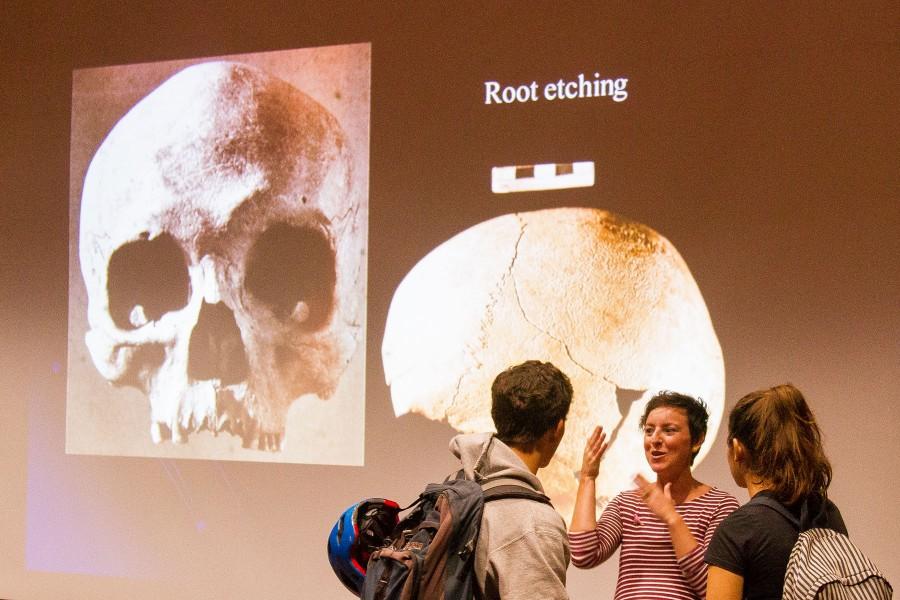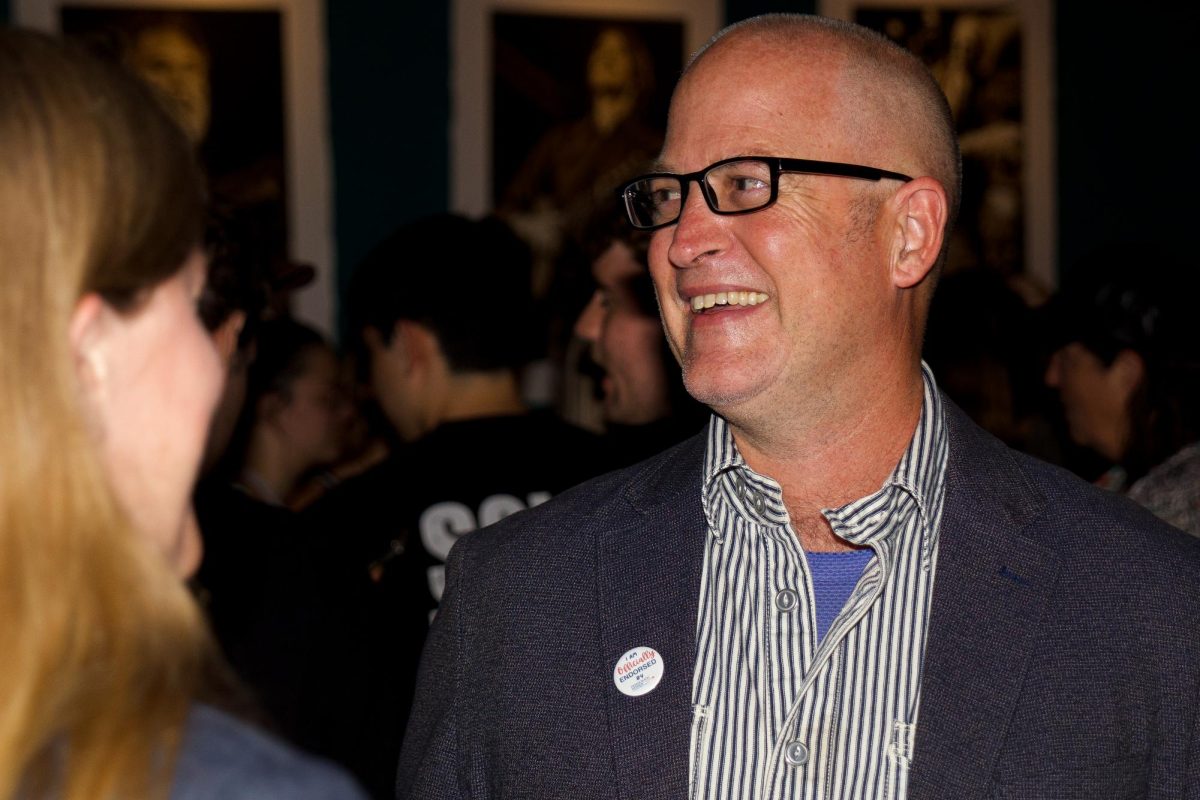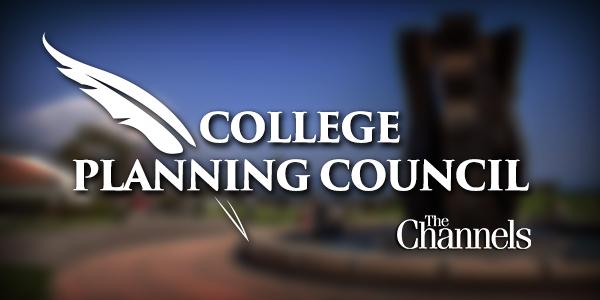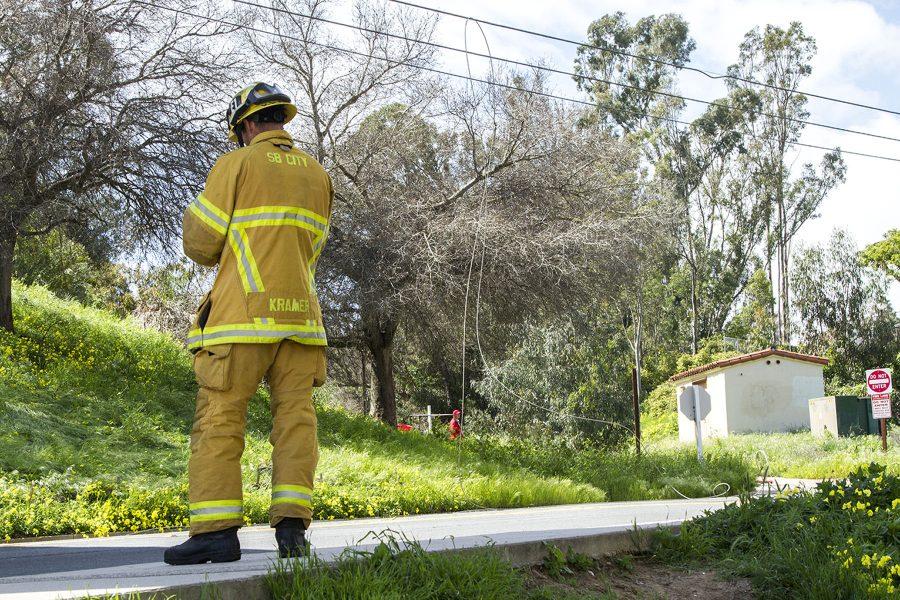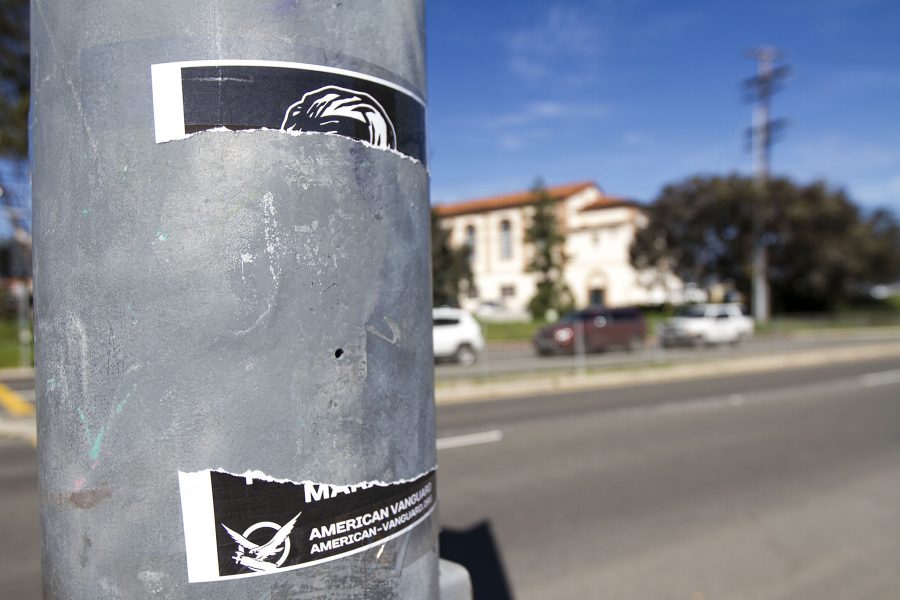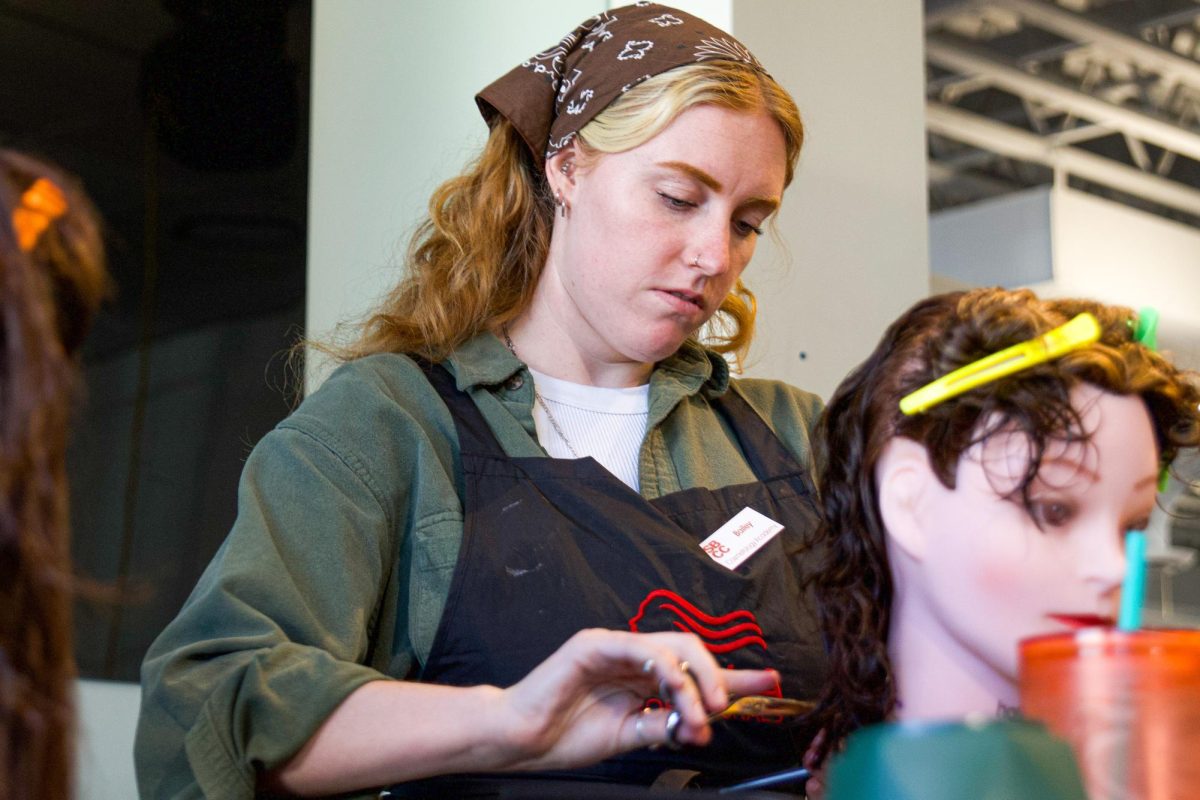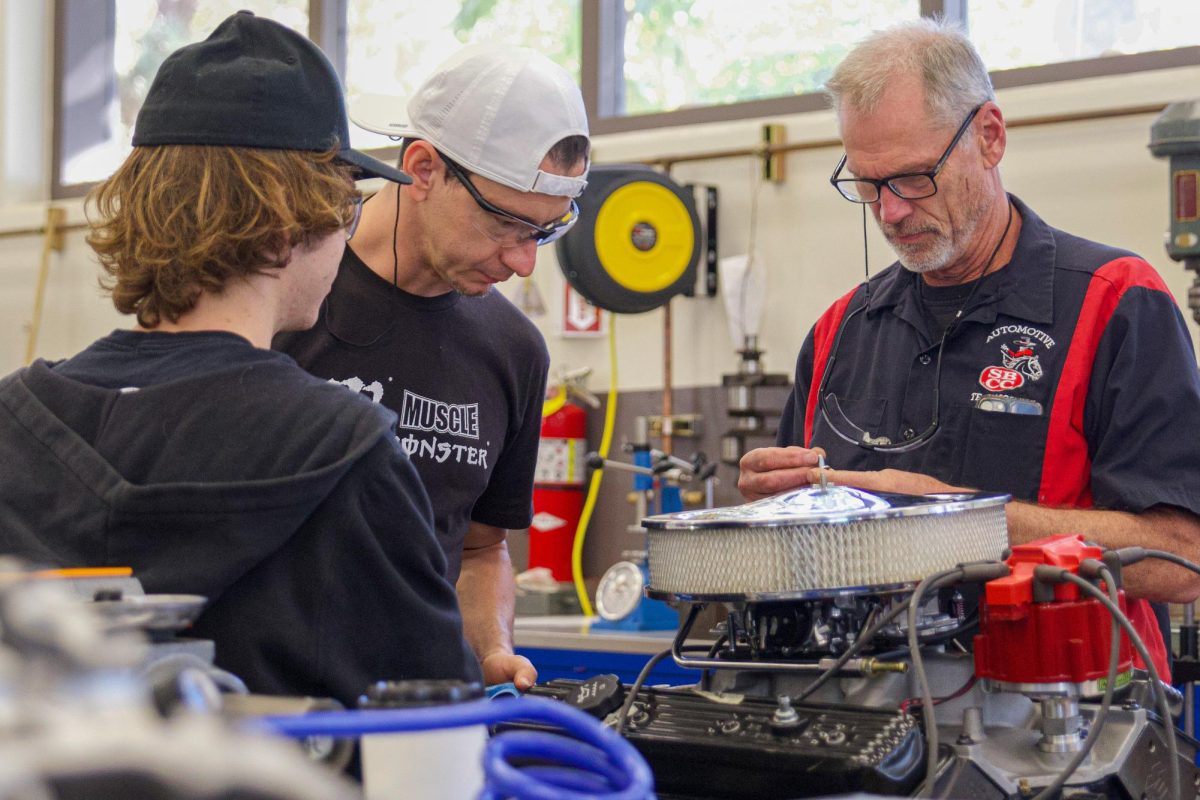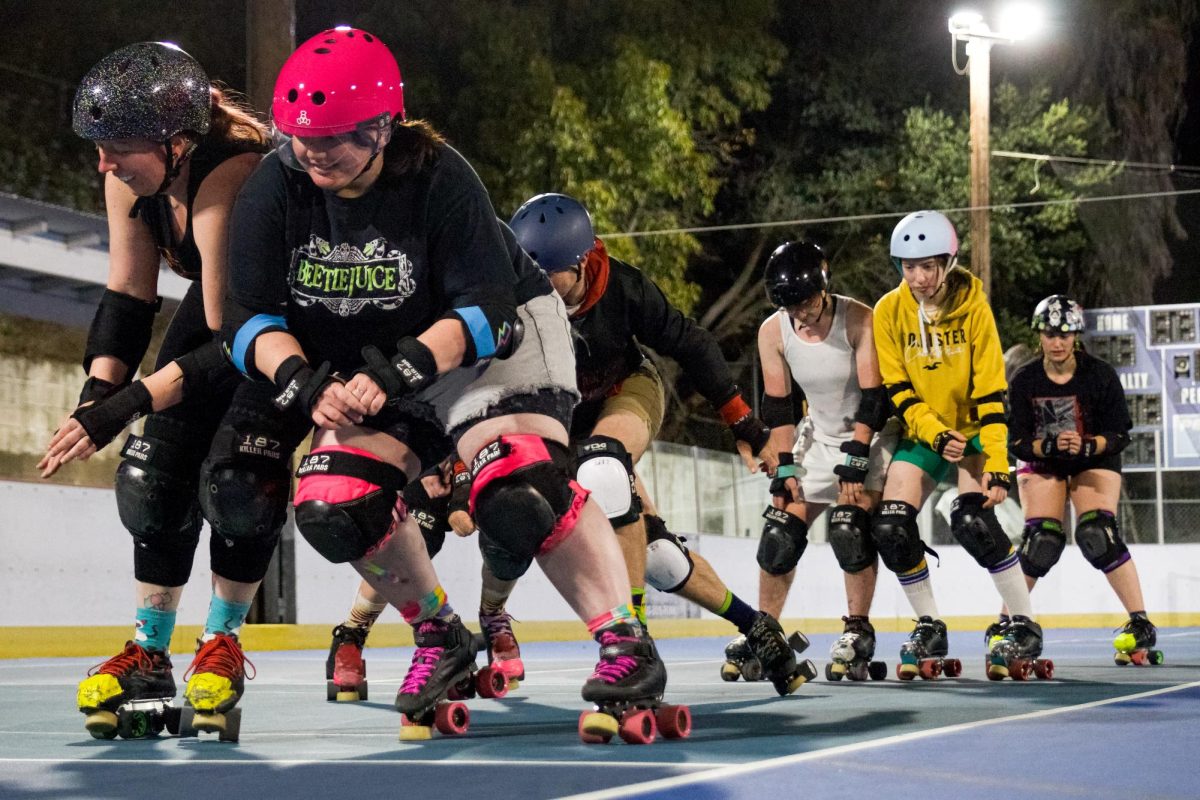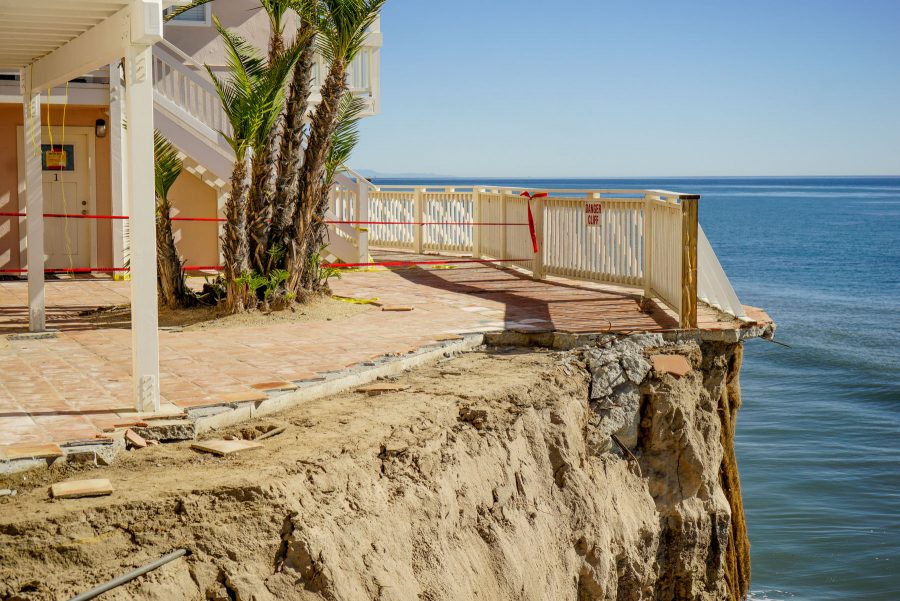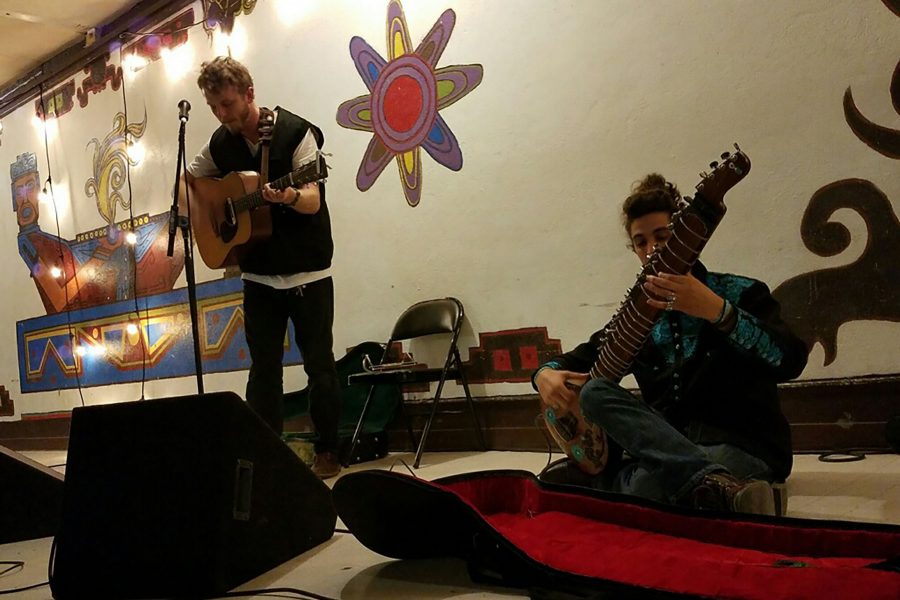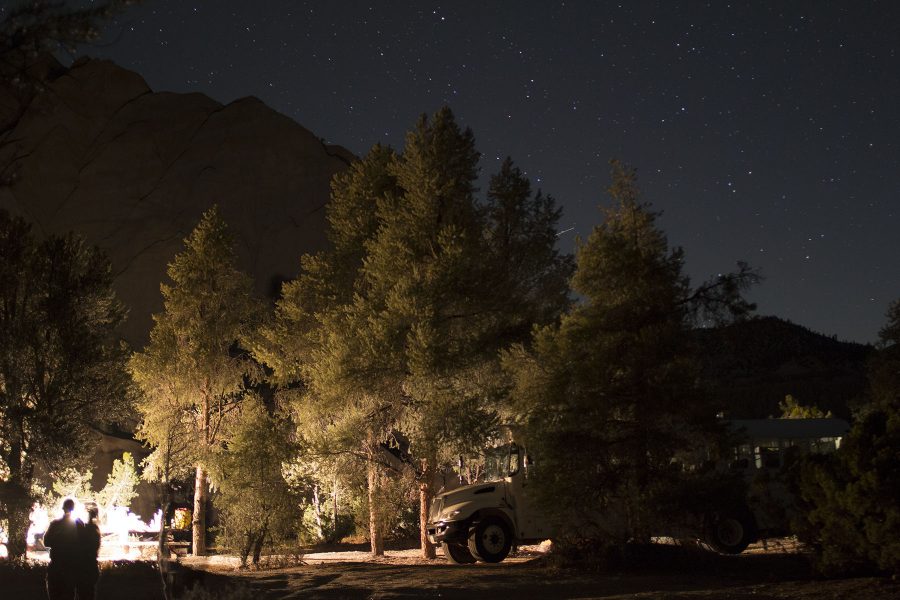A 20 gallon cooler swarming with maggots filled with a horrendous smelling soup containing decomposed flesh and bones was found sitting outside a morgue.
A forensic anthropologist and a grad student spent an entire day sifting through the cooler filled with liquid, bugs, and what turned out to be pig remains.
“It was a rough introduction to casework,” said forensic anthropologist Dr. Cris Hughes. “But we need to exhaust all efforts to determine if it is human or not.”
Hughes is a forensic anthropologist specializing in extractive DNA case studies. She is also a professor and researcher at The University of Illinois at Urbana-Champaign.
She spoke to an introductory anthropology class on Tuesday in the Fé Bland Forum. The audience of students varied from anthropology to graphic design majors at City College.
The pregnant Hughes captivated the audience with anecdotes of first hand experiences and gave a behind the scenes look of forensic anthropology.
Hughes gave an overview of what forensic anthropologists do, beginning with when a body is found, the lab analysis, and then evidence recording. The process takes on average two weeks, “requiring a whole slew of expertise,” Hughes said.
The number of case studies in a given year depends on the county. Desolate regions gain more forensic attention.
“A lot of people are dumping bodies in rivers, off cliffs which means as the body falls, different pieces scatter, the desert, which has a lot of carnivore scavenging, and open fields,” said Hughes. “It can get quite complicated.”
Forensic anthropologists identify the deceased, conclude cause of death, help find leads in investigations, and establish a biological profile. Hughes explained that the extent of the trauma done to the body influences the extremity of the perpetrator’s sentencing.
“We describe the trauma in a way that is useful for the prosecution and the defense,” Hughes said. “We don’t work for either side. Whatever evidence we find is fact. However they want to spin it is up to them.”
Forensic anthropologists are called to the scene in the event of mass fatalities, natural disasters, fire investigations, and in identifying missing people.
“The job can be very emotional,” said Hughes reflecting on her experiences. “Each case is different, and a collaborative effort.”
She referenced the popular TV series “Bones” as an example throughout the presentation, distinguishing the differences between the reality of the job and unrealistic interpretations on TV. The actors prematurely make snap judgements, which can be very misleading, said Hughes.
“The best piece of advice I can give is to not make a call at the scene, said Hughes. “Stay conservative and make a call back at the lab.”
There is a disconnect between what is going on in the field, and the perception of the average TV viewer.
“I think Hughes went into great detail about the subject,” said studio art major Liz Arras. “Its interesting to see what goes on behind the scenes and how different it is from TV.”
Hughes graduated from The University of Florida with a degree in Anthropology, and earned her Ph.D. from The University of California at Santa Cruz. Over the course of her career, she has published many journal articles and received multiple grants for research.
“I thought it was fantastic. I’ve worked with two forensic anthropologists before,” said Dr. Phyllisa Eisentraut, chair of the anthropology department. “I’m happy to expose my students to things that are not my specialty, especially because the media romanticizes this work.”


